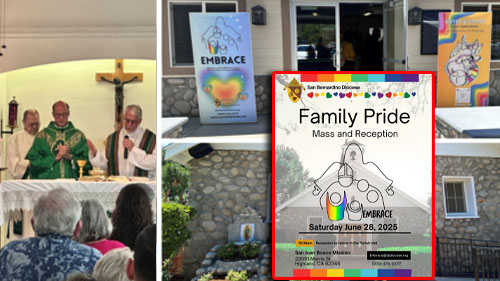| Recent Featured Videos and Articles | Eastern “Orthodoxy” Refuted | How To Avoid Sin | The Antichrist Identified! | What Fake Christians Get Wrong About Ephesians | Why So Many Can't Believe | “Magicians” Prove A Spiritual World Exists | Amazing Evidence For God | News Links |
| Vatican II “Catholic” Church Exposed | Steps To Convert | Outside The Church There Is No Salvation | E-Exchanges | The Holy Rosary | Padre Pio | Traditional Catholic Issues And Groups | Help Save Souls: Donate |  |









 " />
" /> " />
" /> " />
" /> " />
" /> " />
" />




Fetal development
The very moment a male sperm cell penetrates a female egg cell, a new human life comes into being. This event, known as fertilization, forms a tiny, single-celled human distinct from his or her mother mother. This little life is called a zygote, meaning “yoked or joined together.”1 It's the living seed that will be a newborn baby in nine months’ time. The zygote’s DNA has its own set of chromosomes and genetic blueprint with data such as whether it’s a boy or a girl, which parent she’ll resemble more, and what color her eyes will be. The information in this one cell is so vast it would take 1.5 million pages to write out!2 The new life is also so small - less than 1/15th the size of a pinhead3 - it can barely be seen by the naked eye. But it packs a punch: it will grow to one billion cells with 4,000 distinct anatomic structures in only 8 weeks... Days 4-12 - Embryo implants in mother's uterus By day four the zygote has left the fallopian tube and entered the uterus, where it can benefit from the nutrients its mother will provide. Because the new life is so genetically distinct, it must release a special protein to prevent a defensive response by the mother’s immune system. Then the embryo can implant in the uterine lining,5 where the lifeline between mom and baby begins to form. This process is complete by day twelve after fertilization... The embryo also produces a hormone called human chorionic gonadotropin (hCG) about eight days after fertilization. This hormone brings the menstrual cycle to a halt, allowing the pregnancy to continue. to read more of this important article click here
Sign up for our free e-mail list to see future vaticancatholic.com videos and articles.
Recent Content
^